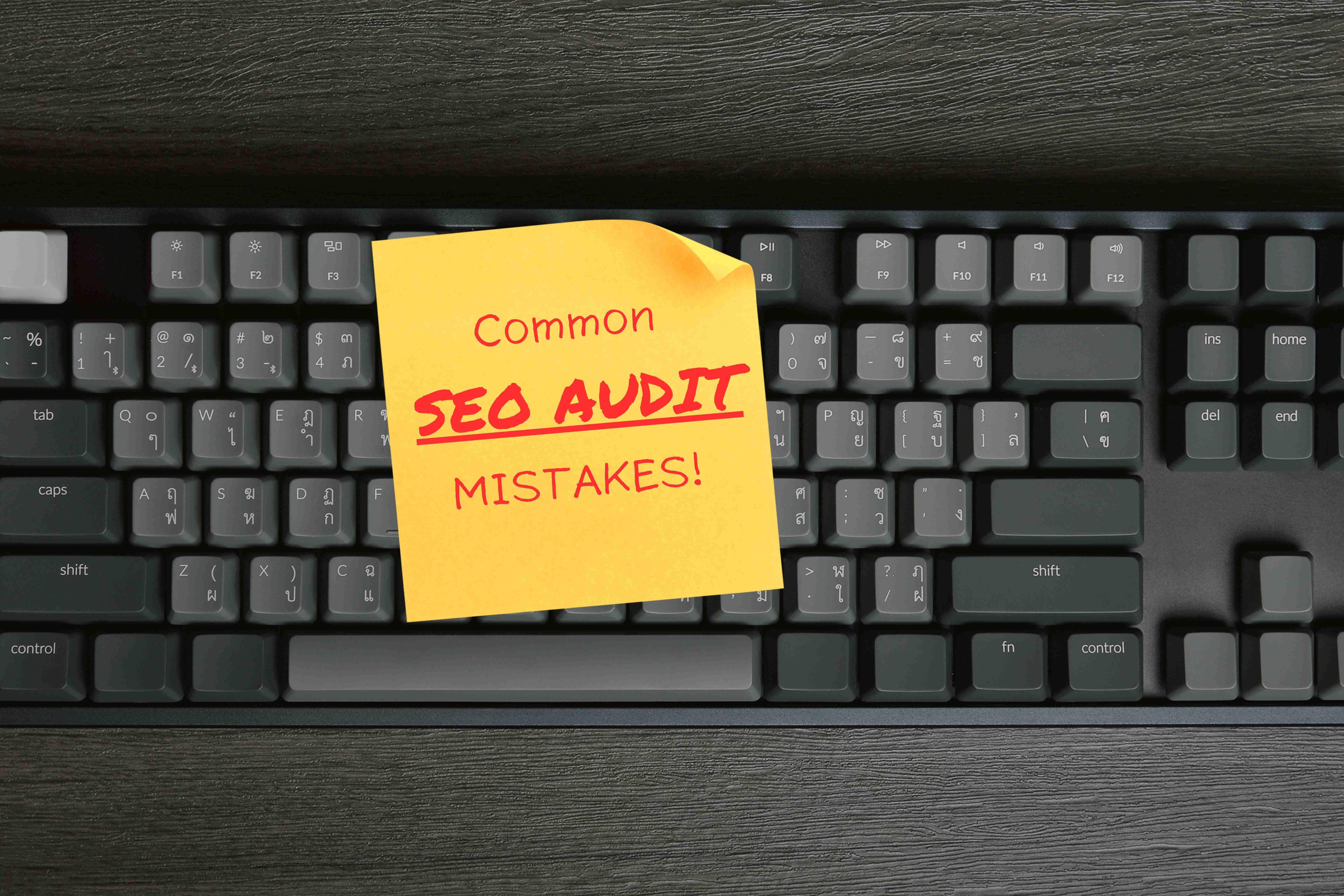Table of Contents
- Introduction
- What is the Google Index Coverage Report?
- Why the Index Coverage Report is Important
- Key Sections of the Index Coverage Report
- Common Issues and How to Fix Them
- Actionable Tips for Optimizing Index Coverage
- Latest SEO Trends in Index Coverage
- Conclusion
- About Don Hesh SEO
Introduction
For business owners looking to enhance their online store’s visibility and drive more organic traffic, understanding and utilizing Google’s Index Coverage Report is crucial. This comprehensive guide will help you navigate the Index Coverage Report in Google Search Console, diagnose issues, and implement actionable tips to optimize your website’s search index performance.
What is the Google Index Coverage Report?
The Google Index Coverage Report is a feature within Google Search Console that provides insights into how well Google is indexing your site. It identifies the status of your site’s URLs, categorizing them into different sections to help you understand which pages are successfully indexed, which have issues, and which are excluded from the index.
Why the Index Coverage Report is Important
Understanding the Index Coverage Report is essential for:
- Identifying and fixing indexation issues: Ensuring all important pages are indexed.
- Improving site visibility: Enhancing how your site appears in search results.
- Boosting SEO performance: Ensuring Google can properly crawl and index your site.
Key Sections of the Index Coverage Report
Error
URLs in this section have critical issues preventing them from being indexed. Common errors include server errors, 404 errors, and redirect errors.
Valid with Warnings
These URLs are indexed but have issues that might affect their performance in search results. Addressing these warnings can improve your site’s visibility.
Valid
This section contains URLs that are successfully indexed without any issues. Aim to have most of your important pages in this category.
Excluded
URLs in this section are intentionally or unintentionally excluded from the index. This can include pages with noindex tags, duplicate content, or blocked by robots.txt.
Common Issues and How to Fix Them
Server Errors (5xx)
These errors indicate server issues preventing Google from accessing your site. To fix:
- Ensure your server is stable and can handle traffic.
- Check server logs to diagnose specific issues.
- Consider upgrading your hosting plan if necessary.
Soft 404 Errors
These occur when a page appears to be a 404 error but returns a 200 HTTP status code. To fix:
- Ensure your 404 pages return a proper 404 status code.
- Improve the content on these pages or redirect them to relevant content.
Crawled – Currently Not Indexed
Google has crawled these pages but has not yet indexed them. To fix:
- Improve the content quality and relevance of these pages.
- Ensure there are no technical issues preventing indexing.
Duplicate without User-Selected Canonical
These are duplicate pages without a canonical URL specified. To fix:
- Add canonical tags to your pages to indicate the preferred version.
- Consolidate duplicate content where possible.
Actionable Tips for Optimizing Index Coverage
- Regularly Monitor the Index Coverage Report: Keep an eye on changes and address issues promptly.
- Improve Content Quality: Ensure your content is high-quality, unique, and valuable to users.
- Optimize Crawl Budget: Use tools like robots.txt to block low-value pages and prioritize important ones.
- Fix Technical SEO Issues: Resolve any issues like broken links, server errors, and incorrect redirects.
- Use Structured Data: Implement structured data to help Google understand your content better.
Latest SEO Trends in Index Coverage
- Mobile-First Indexing: Ensure your site is mobile-friendly, as Google primarily uses the mobile version of sites for indexing and ranking.
- Core Web Vitals: Focus on improving page experience metrics like loading speed, interactivity, and visual stability.
- Content Freshness: Regularly update your content to keep it relevant and engaging for users.
Conclusion
Understanding and optimizing your site’s index coverage is crucial for enhancing visibility and driving organic traffic. By regularly monitoring the Index Coverage Report, addressing issues promptly, and implementing the latest SEO strategies, you can ensure your site performs well in search engine rankings.
About Don Hesh SEO
Don Hesh SEO is a leading SEO consultant and Google Ads consultant dedicated to helping businesses enhance their online presence and drive organic traffic. Our expertise in AI-driven SEO strategies ensures that your business stays ahead of the competition. Partner with SEO Sydney to leverage the latest AI technologies and achieve your SEO goals efficiently and effectively.



